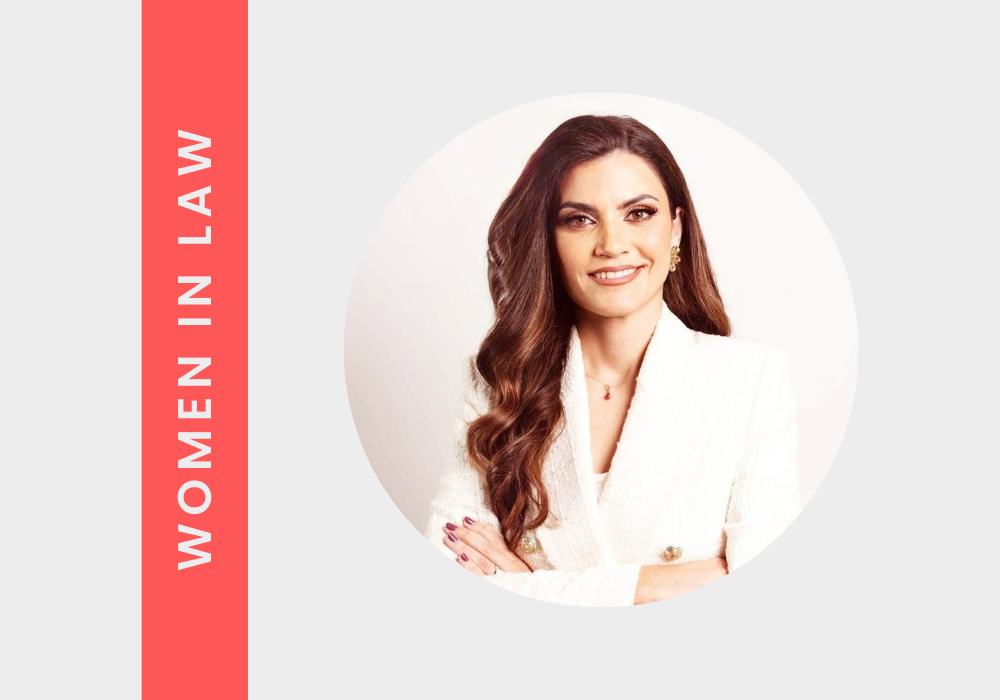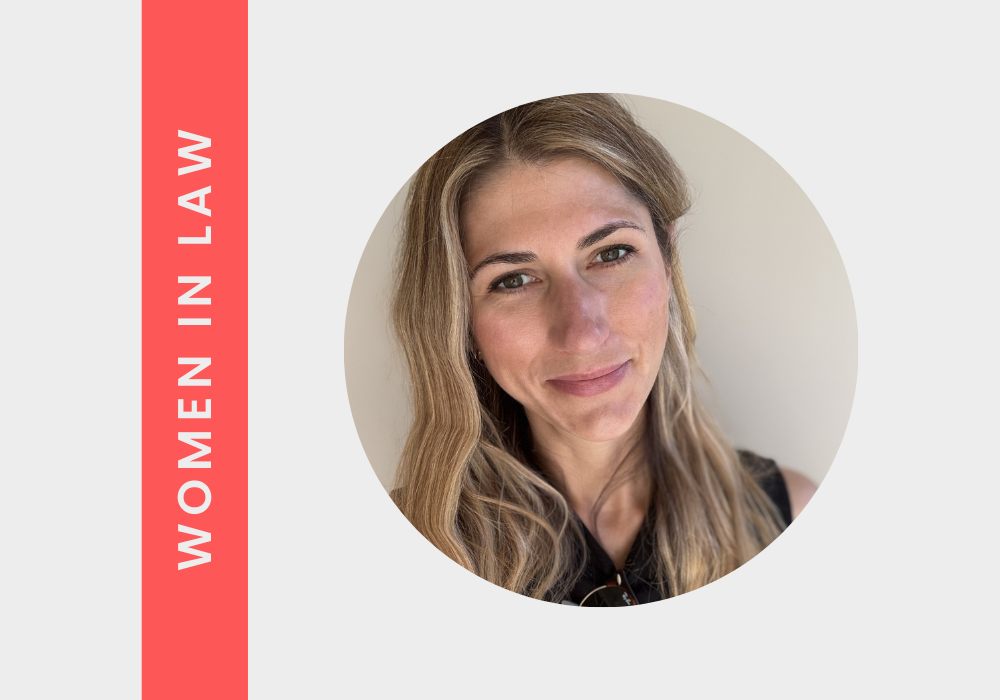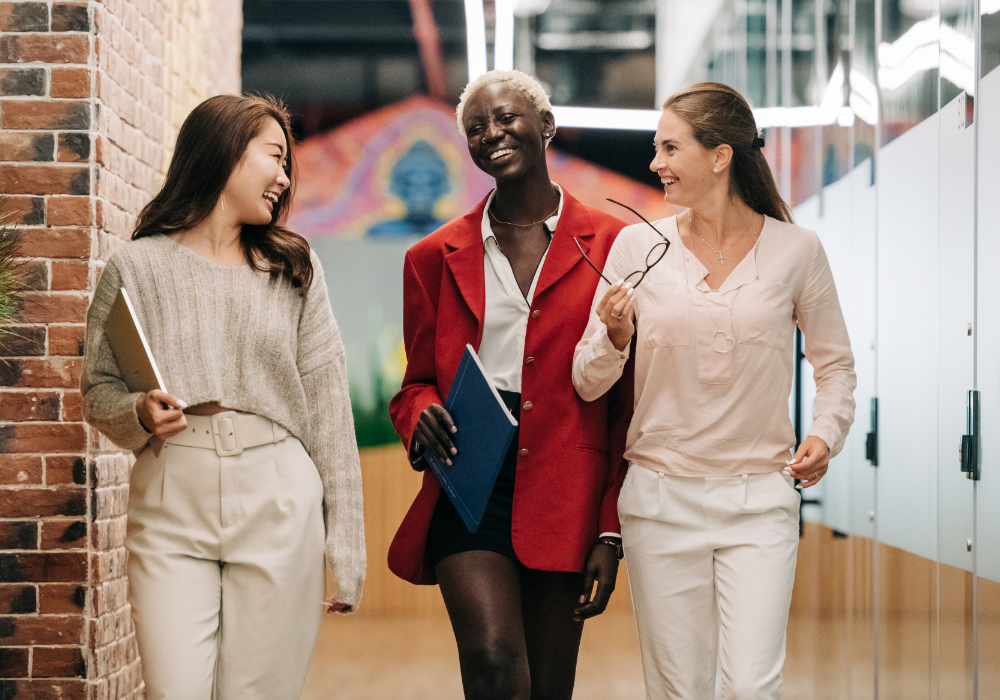Elements - Diversity & Inclusion: Claire Ledder
Claire Ledder is an Executive Manager in the Group Technology area of IAG. With accountability for a growing team of senior professionals, she is responsible for optimisation of a multimillion-dollar technology portfolio as an integrated commercial business partner.

What are the most common mistakes in our thinking about diversity & inclusion?
Diversity and inclusion is not about ensuring everyone is treated the same - it is about taking steps to remove barriers, perceived or actual, which prevent individuals from equitable consideration for employment, promotion, experience, benefits and participation. There has been a lot of focus on gender diversity in recent years, however this is just one aspect of a broader issue being faced.
–
What does diversity & inclusion mean to you? Do you think it's changed over the years?
I have observed over time, that embracing diversity and inclusion in the workplace has come to be more than just preventing discrimination against minority groups in the workforce. It has evolved from being seen to “do the right thing” or at least “not do the wrong thing”, into drawing strength from the variety of skills and experiences brought to the table by diverse teams that resemble the community we operate in and the customers we serve.
Being a diverse and inclusive organisation has now become closely aligned with being an employer or a strategic partner of choice and having an organisational culture that supports D&I methods and practices has become a lot more important.
Having spent most of my career in finance and in the FMCG sector, I have witnessed strong progress over the past 10 years in how this industry has embraced diversity and inclusion, particularly gender diversity. After recently moving into a role within technology, I have noticed a significant difference as to where this sector is on the D&I journey, they are facing different challenges but are leaning into them and catching up. There is strong support for developing a truly balanced workforce for the future.
–
What areas of diversity & inclusion are you less familiar with and would like to go about updating your knowledge?
Ageism is one I’d like to explore a bit more as I value different levels and years of experience within my team. Particularly in some of our highly specialised teams, the experience of older workers is invaluable, however as the population ages, lives longer and seeks to stay in the workforce, the oldest person is not necessarily the most senior anymore. This presents both challenges and opportunities, and we need to face into this in a meaningful way.
–
What do you think are the benefits of having a diverse team and organisation?
When an organisation reflects the diversity of its customers more accurately, there is an increased awareness of customer requirements across the diverse customer base. This enables the organisation to more closely meet their customers’ needs and also be recognised as an employer of choice. Caring about diversity and inclusion also makes good business sense, because it widens the candidate pool to 100% and creates an employee value proposition that appeals to everyone.
When I reflect on my current team, we have a diverse representation in terms of gender, age, ethnic background, education, life experience, etc. We learn a lot from each other every day and working with people who are different from us is also interesting and fun – we embrace and celebrate the fact that we are different.
–
Does your company have a diversity program in place? If so, can you tell us more about it?
IAG has a strong focus on diversity, inclusion and belonging, with policies and processes that focus on many aspects including gender, age, culture, indigenous, and accessibility, as well as having flexible work practices that support these areas. IAG is actively committed to improving the number of women in management roles and is incorporating diversity & inclusion as parts of graduate programs that will shape the future workforce.
Having worked in many different organisations over my career, I can say that IAG has a genuine commitment and focus from the top to drive and support D&I initiatives that will change and shape the culture and performance of the business.
–
In order to drive change, we need to start with ourselves, is there anything we can do as an individual when trying to drive diversity & inclusion within the company?
It is important to be self-aware around how we view the world and how we approach hiring, promotion, capability and success. We all need to acknowledge that this is tainted by our own identity, experiences and values, and critically assess whether these are valid in the evaluation of others in the workplace and take responsibility for our decisions in this regard. We need to ask ourselves if someone is the ‘best person for the job’ and ‘does my team represent the company values and the customers we seek to serve’.
–
In your opinion, how can we get the entire company on board with diversity & inclusion initiatives?
First and foremost, managers need to be made aware of their unconscious bias for them to embrace diversity and inclusion. They must recognise where they may be acting in contradiction to the company policy and the message this might send to their team and customers. Shared accountability for change and correcting the bias and injustice through positive steps like self-awareness training and workshop examples would be the goal.
–
As for leaders and HR, how can they take a more active role within their organisation?
Positive discrimination can be difficult to justify and implement, although it can speed up the process of establishing a more diverse, inclusive and balanced workforce. However, accountability for decisions made, investments backed and privileges awarded should be transparent, overt and easily justifiable in the context of a diverse, inclusive and non-discriminatory workplace culture.
–
Are there particular strategies when it comes to under-represented communities? How do you go about challenging stereotypes and promoting sensitivity and inclusion?
Some key challenges for these groups include lack of voice or recognition, missed opportunities and underperformance in line with perceived expectations. Therefore, communications should be broad, overt and inclusive alongside a proactive promotion on overall diversity and inclusion. One thing we do at IAG is to ensure that we also celebrate the wins and strengths of others, highlighting scenarios when diversity results in success, change and gain.
–
What would you say is the most difficult part of implementing D&I programs?
It’s difficult to measure and the results usually take some time to be evident. As with all cultural change, it’s not quick and generally cannot be fast-tracked. Incremental steps will add up to meaningful progress over time, so it’s part of a longer-term cultural journey. Also, statistics don’t always tell the full story.
–
What do you think companies in ANZ can do to better address diversity & inclusion in the workplace?
Introduce programs to include older workers, support senior females, and assist English as a second language (ESL) employees improve their communication skills.













